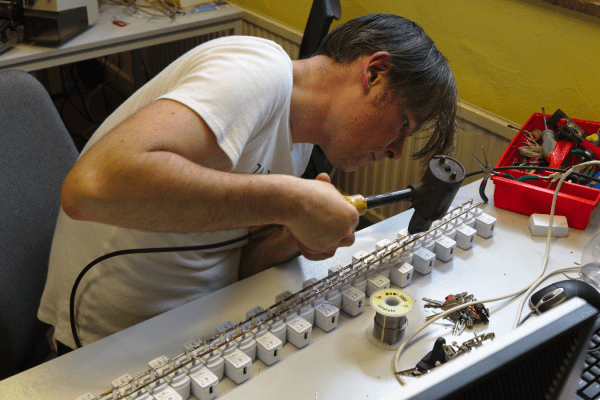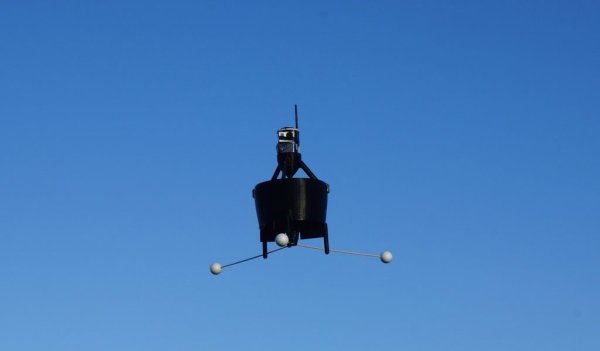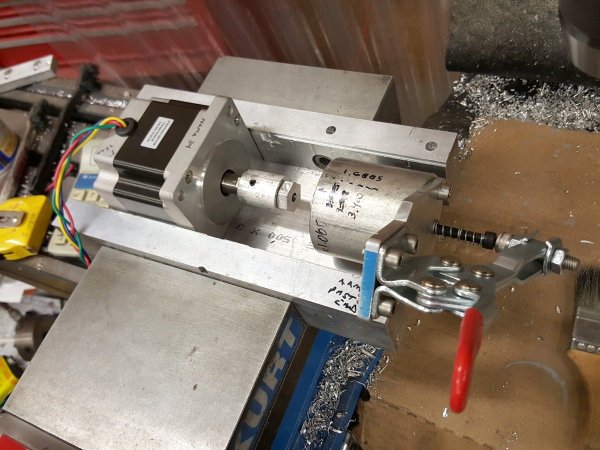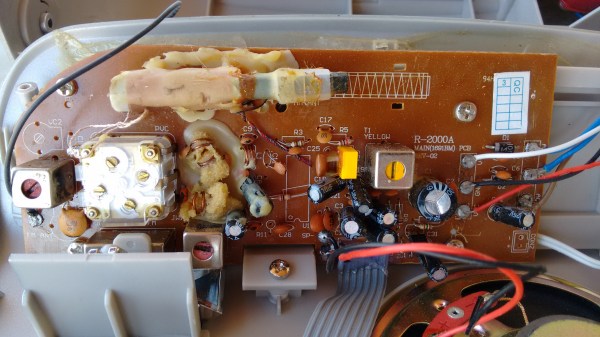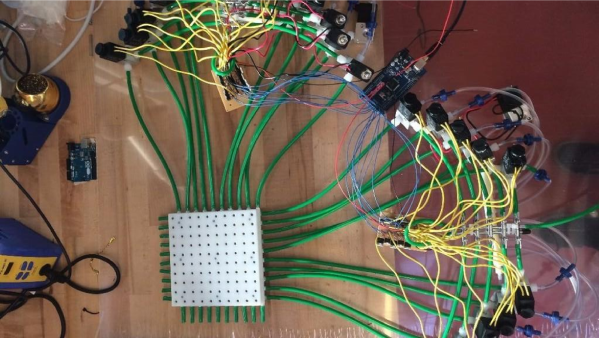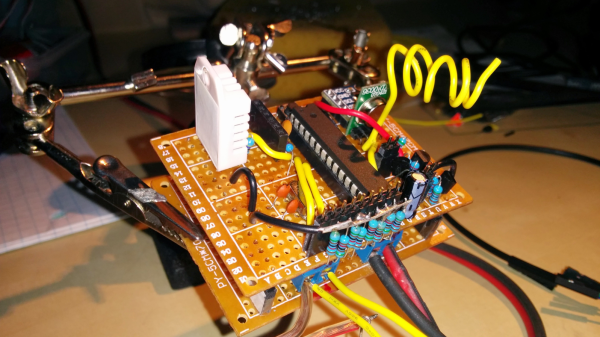Join me on July 18th for Hackaday Prize Worldwide: New Delhi — a KiCad workshop, hardware show & tell, and a chance for you to meet other hackers and makers in the area.
Hacker spaces are on the rise in India, a development that really excites me. When I helped co-found India’s first, community Hacker Space – Maker’s Asylum – in Mumbai, things were pretty lonely. And this was less than 2 years back in 2013 November. Last month, we opened New Delhi’s latest, and the Maker’s Asylum’s second space. There’s already a couple of other hacker spaces in New Delhi, and you can now find hacker spaces in Mumbai, New Delhi, Pune, Bangalore, Chennai, Cochin, Meerut, Kolkatta, Surat, Ahmedabad, Dharamsala, Hyderabad, Ramachandrapuram – and the list continues to grow.
To help build the community, and to bring the opportunity presented by the Hackaday Prize to local hackers, I hosted Hackaday Prize Worldwide events at the Maker’s Asylum in Mumbai and at Workbench Projects in Bangalore. This month, on July 18th, I’ll do another Hackaday Prize Worldwide event at the Maker’s Asylum in New Delhi. I love talking about, and supporting, Open Source Hardware at every opportunity. So for this event, I’ll be doing a fairly long and detailed workshop on KiCad – the awesome, open source EDA tool – lasting several hours. At the end of the day long workshop, I hope to get fellow hackers to complete a design that can be sent off for PCB fabrication. After a short break in the evening, we will have a Show-n-Tell, getting the assembled folks to show off the projects they are working on. There are a number of them who have submitted entires for the Hackaday Prize, so it will be interesting to hear them talk about their experience and share tips and ideas.
We can hold only a limited number of folks at the event, and slots are quickly filling up. So, if you’re in New Delhi or somewhere close by, do RSVP at this link quickly. Looking forward to an interesting event. Check out some pictures from the opening party of the New Delhi Maker’s Asylum after the break.
Continue reading “Hackaday Prize Worldwide : Maker’s Asylum New Delhi”


